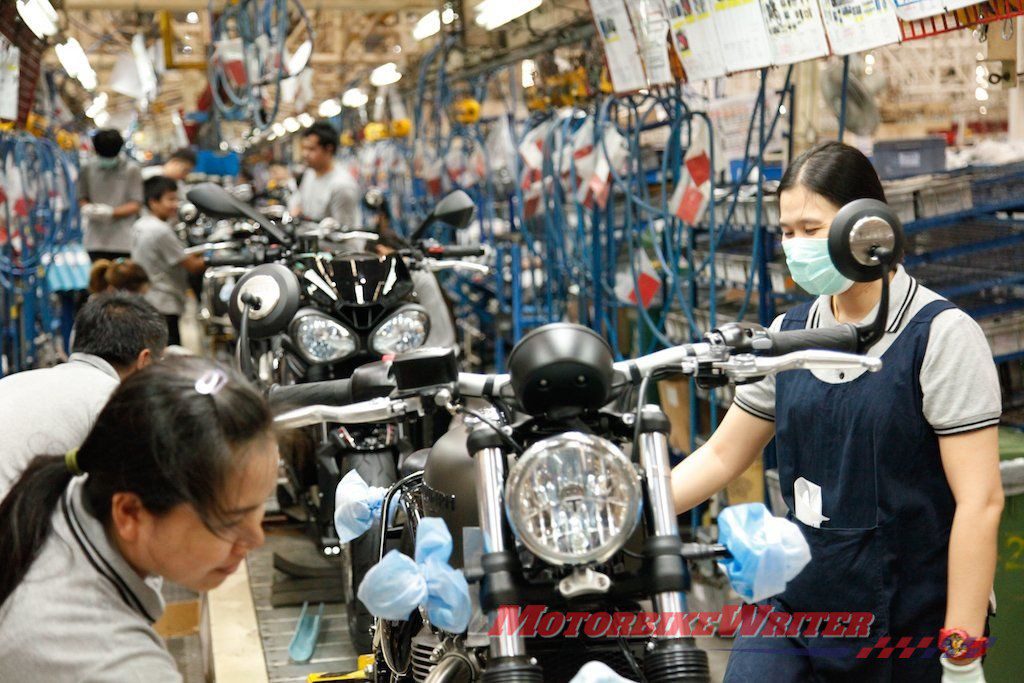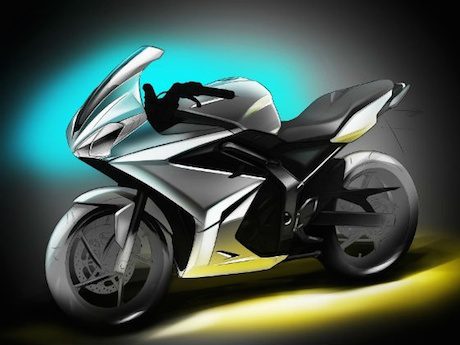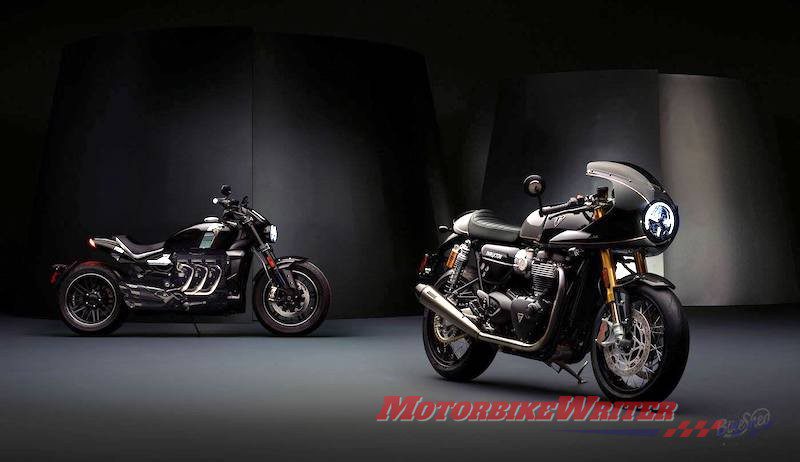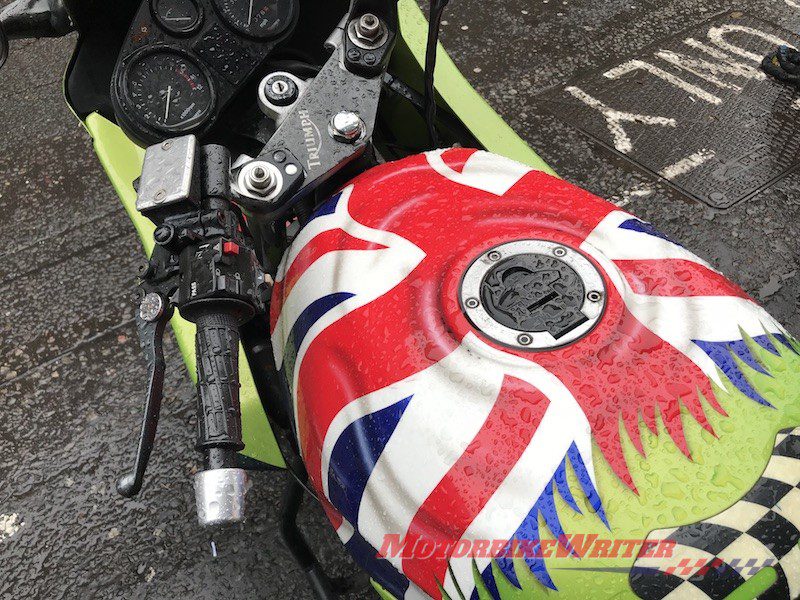Triumph Motorcycle will slash 400 jobs as a result of the coronavirus pandemic and their plan to move more production from Hinckley to Thailand.
The British company announced in February that it would cut 240 of its 2500-strong global workforce with 50 of the 1000 employed at Hinckley to go as it moved production offshore to target rapidly growing Asian markets.
Jobs slashed
Now the global job cuts have been increased to 400 with 240 to go in the UK after a pandemic sales slump over the past three months.
In Australia, Triumph sales were only down 6.5% in the first quarter, but Triumph says some countries have recorded up to a 65% loss in sales.
Chief Executive Nick Bloor said the crisis has caused “significant damage” to the global motorcycle market and it was a “challenging time” for the company.
“These are not easy decisions to make, especially when individuals’ livelihoods are affected,”he says.
“However, regrettably the scale of impact of Covid-19 necessitates us to restructure now in order to protect the long term health and success of the Triumph brand and business.”
Global manufacture

In 2002, Triumph opened its first factory in Thailand where it now has three facilities making about 80% of last year’s total of 60,131 bikes.
There are also factories in Brazil and India supplying for the local markets.
In January, Triumph announced an agreement with Baja to build a range of 200-750cc motorcycles in India.



Sales downturn
“Sales in the larger 500cc plus motorcycle segment, in key markets such as France, Italy, Germany, the USA and the UK have fallen by between 40 and 65 per cent over the past three months during what would normally be the peak season for sales,” the company said in a statement.
“Although Triumph sales have outperformed this significant decline to some degree, the market is forecast to remain considerably down on pre-Covid 19 levels as a direct result of the economic conditions created by it.”
Triumph’s factory in Hinckley, Leicestershire, mainly makes engine components. It will become a research and development centre, but continue to build their new Triumph Factory Custom (TFC) motorcycles.
Production will be wound down from about 6500 a year to about 4500.






